SSZTCP7 may 2015 INA138 , INA193 , INA199 , INA210 , INA225 , INA226 , INA282
Managing the thermal profile in electronics has become more critical as modern-day gadgets pack more performance and functionality into smaller packages. Even “big-box” items like base stations or servers have significantly higher performance than they used to. Monitoring consumed current is a great way to manage the thermal profile, and current-sense amplifiers (also called current-shunt monitors) help maximize your measurement accuracy. Figure 1 is a block diagram of a current-sense amplifier.
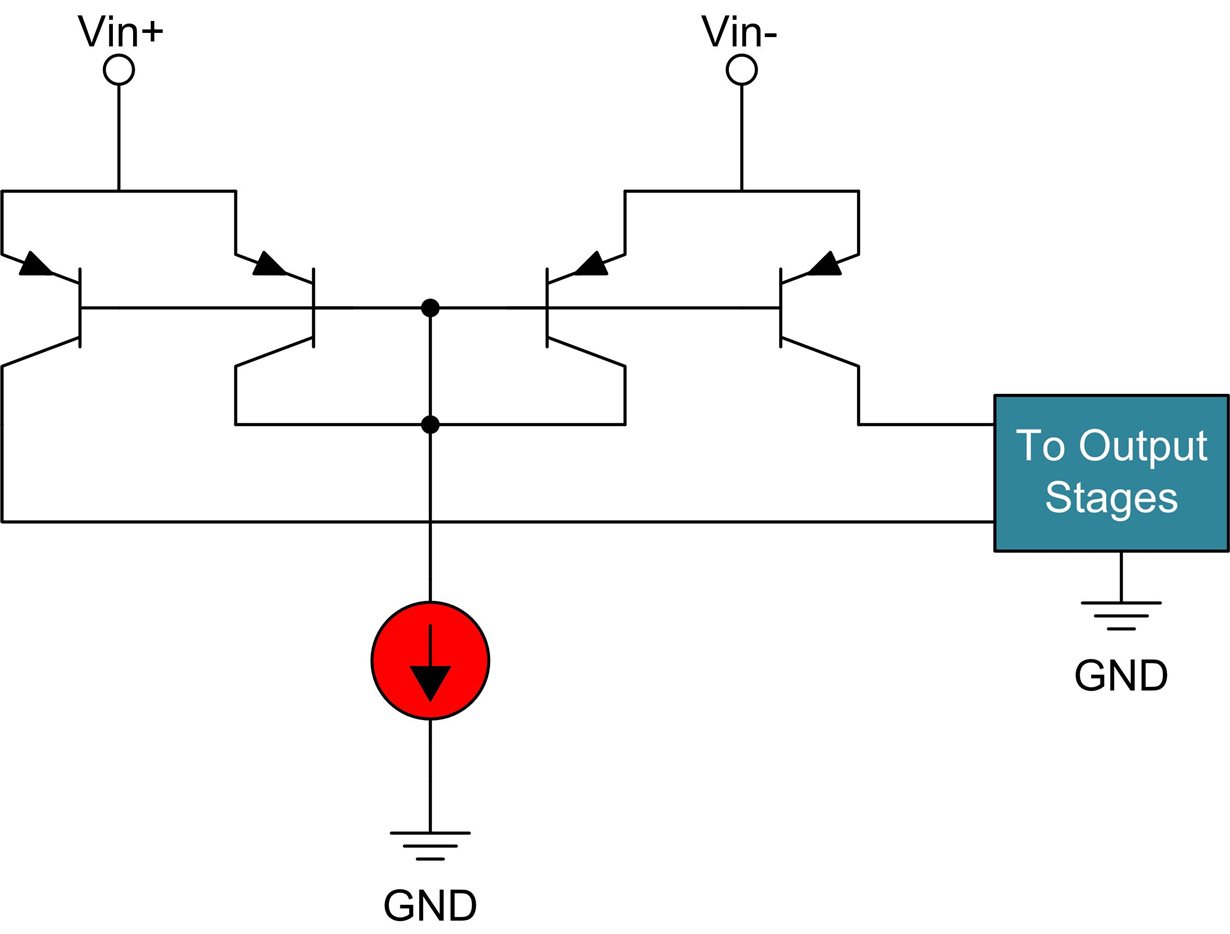 Figure 1 Current-sense Amplifier
Block Diagram
Figure 1 Current-sense Amplifier
Block DiagramCurrent-sense amplifiers have a unique input stage that allows the common-mode voltage on the input pins to significantly exceed the supply voltage of the device. In addition, they integrate a very precise, low-drift gain resistor network that maximizes achievable accuracy while allowing for small shunt resistors. Choosing the best device for your application from TI’s current-sense portfolio requires some additional analysis, however.
The first decision you will need to make is whether you want to measure on the low side or high side. In low-side configurations, the shunt is between the load and ground. In high-side configurations, the shunt resistor is placed between the supply and load. One of the key device specifications that this decision drives is common-mode voltage. As a refresher, you would calculate the common-mode voltage (VCM) using Equation Figure 1:
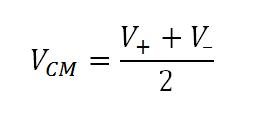 Figure 2 (1)
Figure 2 (1)In low-side implementations, V– is ground (0V) and V+ is only the small voltage drop across the shunt above ground, so VCM is essentially 0V (Figure 3). Therefore, your current-shunt monitor has to include 0V in its common-mode voltage range. Early current-sense amplifiers like the INA138 do not include 0V in their common-mode range and therefore cannot be used on the low side. Newer devices like the INA199, with a common-mode range from –0.3V to +26V, can be used on the low or high side.
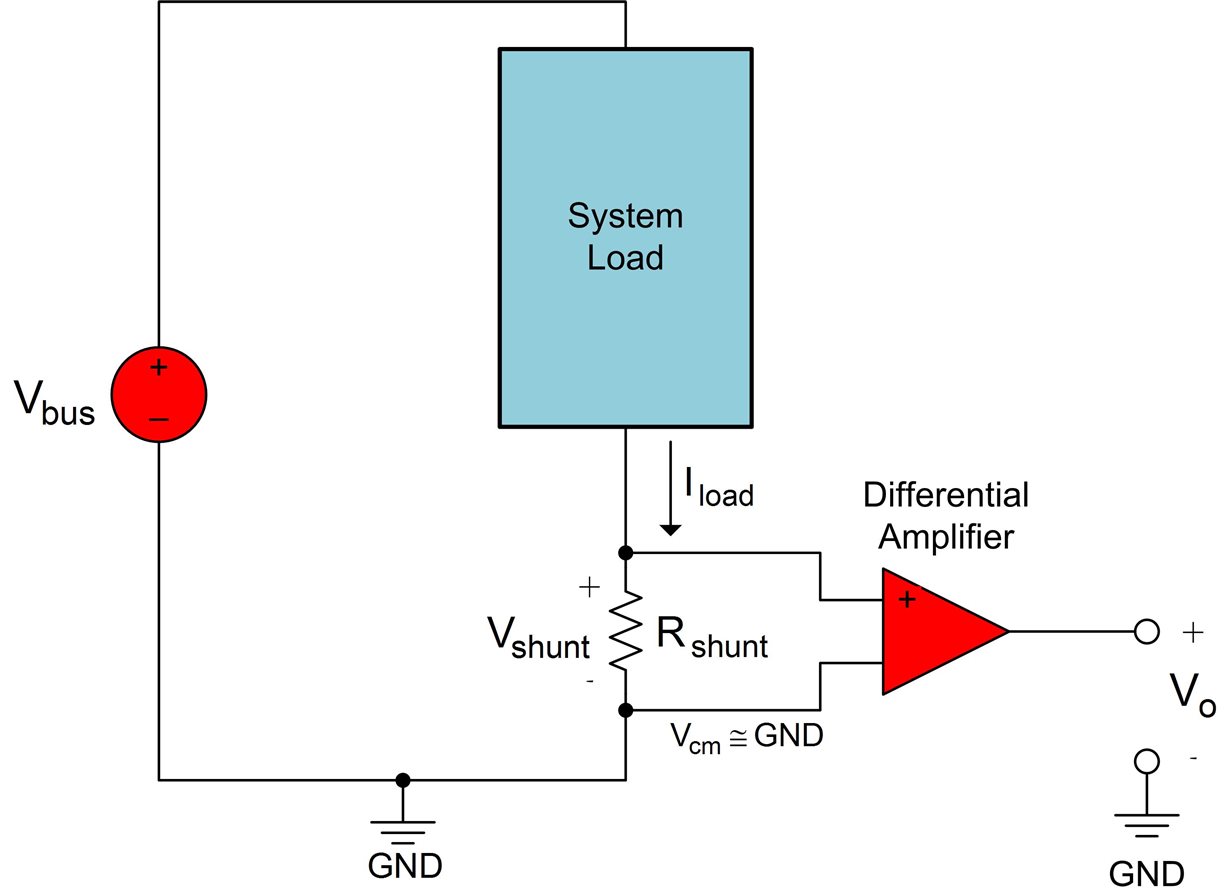 Figure 3 Low-side Current-sense
Amplifier Block Diagram
Figure 3 Low-side Current-sense
Amplifier Block DiagramIf used on the high side, as shown in Figure 4, the common-mode voltage is equal to the supply voltage since V+ is connected to this rail. The current-sense amplifier’s common-mode range must include the supply rail as well as any load margin that you need to factor in. For example, in many 24V automotive applications, the current-shunt monitor needs to accommodate up to 72V as the common-mode voltage. As I mentioned, the INA210 extends up to 26V and would seem to have the makings of a good solution for a 24V application, but not if there are regulations that mandate margin in excess of 26V. In that case, something like the INA282 would be one to consider, with its common-mode voltage range from -16V to +80V.
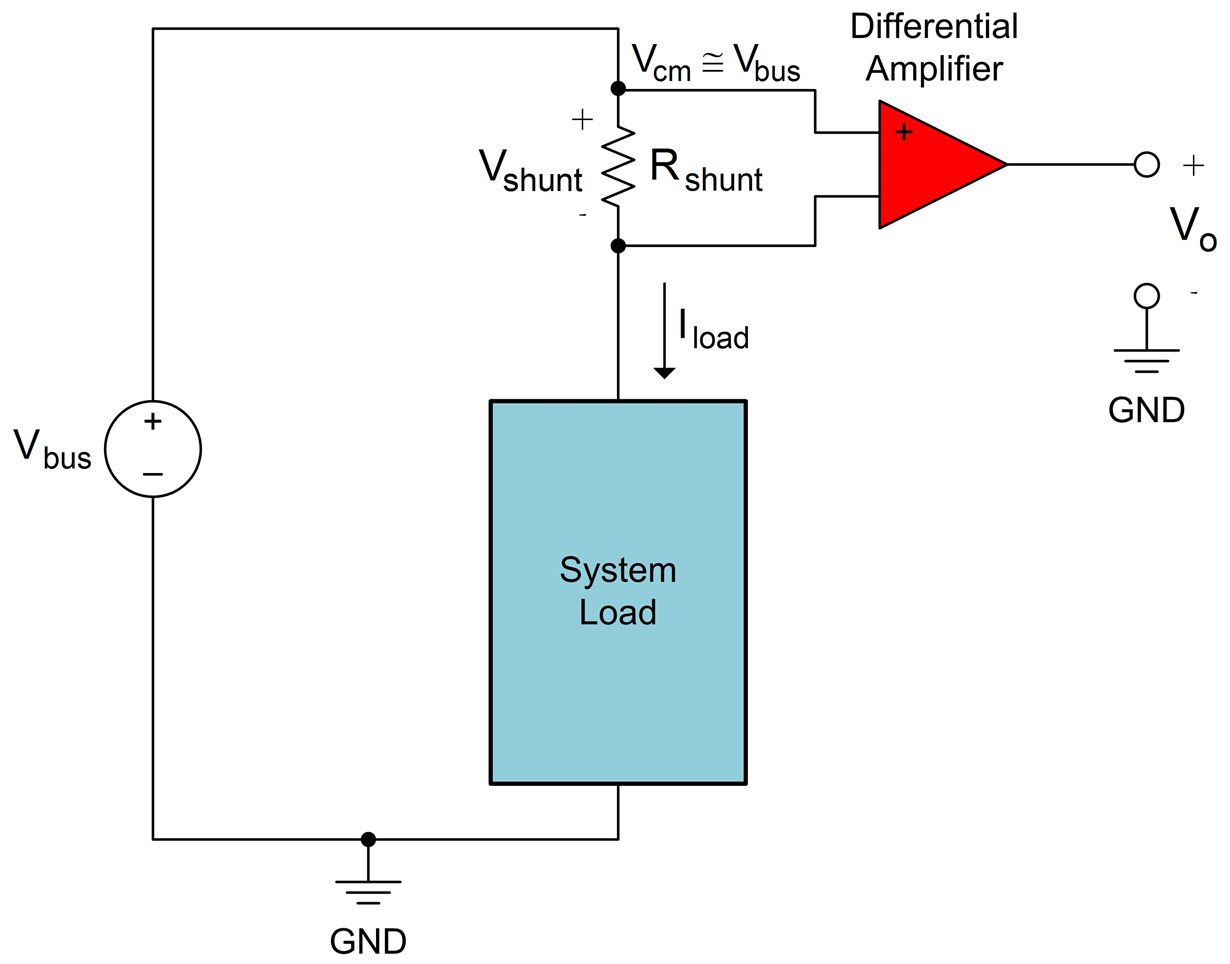 Figure 4 High-side Current-sense
Amplifier Block Diagram
Figure 4 High-side Current-sense
Amplifier Block DiagramThe final device selection criteria you’ll need to consider is directionality. As shown in Figure 5, in many applications current may flow in both directions; the load may sink current or source current. Examples of this include motor control or battery management. A current-sense amplifier that can monitor current flow in only one direction is labeled as unidirectional; an example is the INA193. A device capable of sensing current flow in both directions is called bidirectional; a good example is the INA225.
In order to determine which direction the current is flowing, an analog current-sense amplifier must have an additional input pin to divide the output-voltage range into system sinking or sourcing current. On a digital output device like the INA226, the VREF function is internal to the device and a two’s-complement output is used for “negative” current flow. If the current flow is equal in both directions, then the VREF pin should be tied to the midpoint of the full-scale output range. On the other hand, if the current flow is unequal in one direction versus the other, you may want to adjust the VREF input to match this ratio across the full-scale output range.
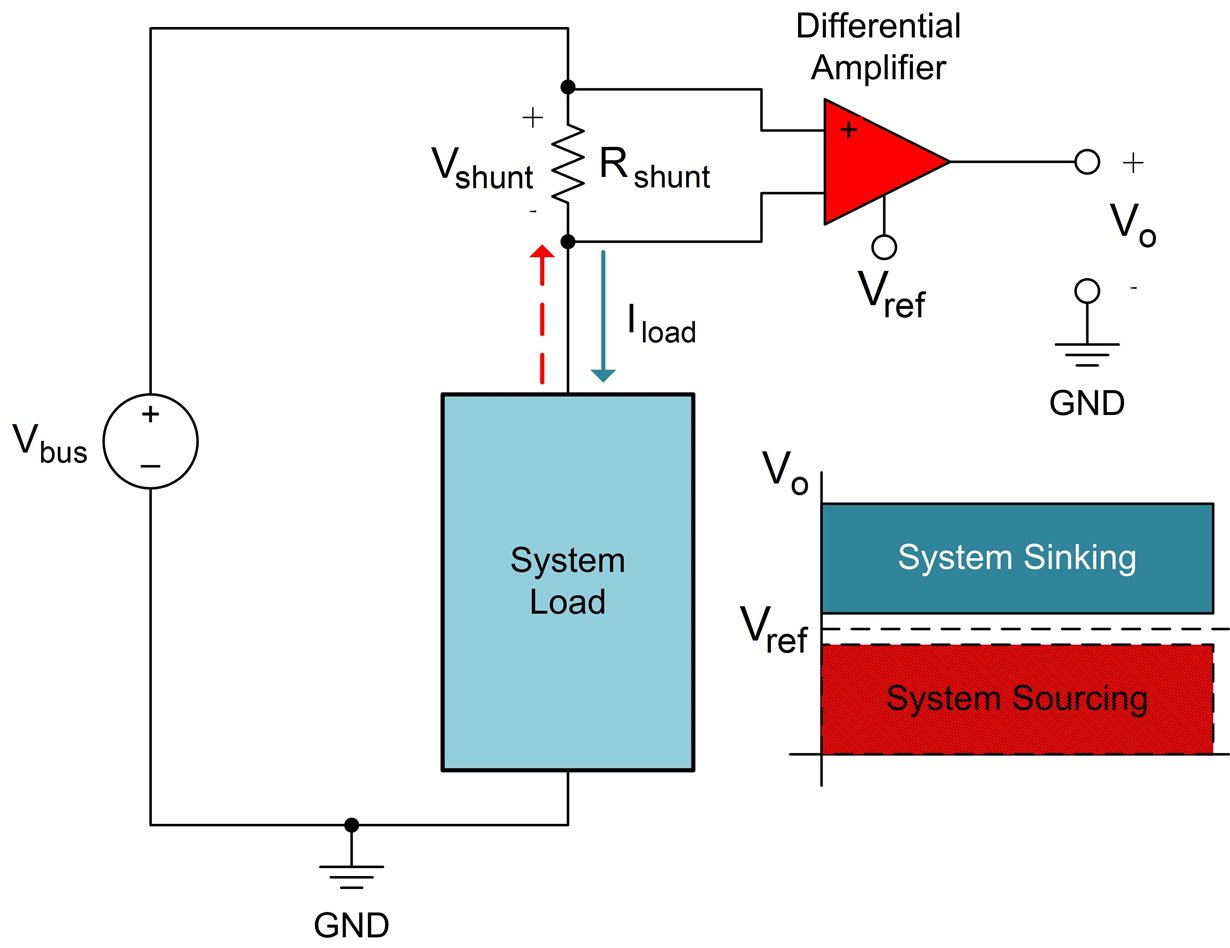 Figure 5 Bidirectional Current-sense
Amplifier Block Diagram
Figure 5 Bidirectional Current-sense
Amplifier Block DiagramI hope you’re now familiar with the concept of low-side and high-side monitoring and how the decision between these two principles affects the common-mode voltage range required by the current-sense amplifier. Stay tuned for the next installment of this series! I will discuss additional design decisions and how they affect device selection.
Additional Resources
- Read more blog posts about current sensing.
- Learn more about TI’s broad current-sense portfolio.
- Check out these related TI Designs reference designs: